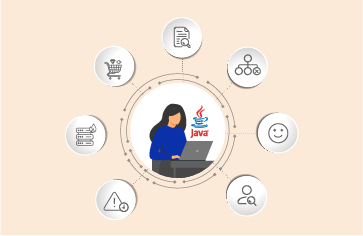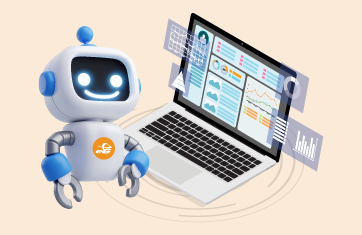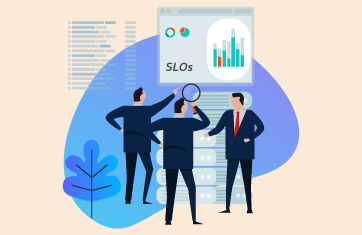 For enterprises that are going digital – offering business services and reaching customers online – web analytics tools such as Google Analytics provide real-time insights into user behavior, access patterns and conversion rates. Using a small JavaScript code snippet added to web application pages, these tools provide details of web usage patterns and trends.
For enterprises that are going digital – offering business services and reaching customers online – web analytics tools such as Google Analytics provide real-time insights into user behavior, access patterns and conversion rates. Using a small JavaScript code snippet added to web application pages, these tools provide details of web usage patterns and trends.
While understanding user behavior is important, it is equally important to ensure that the digital experience of end-users remains exceptional in terms of service availability, responsiveness, consistency, and performance. Real user monitoring (RUM) tools provide IT operations teams with insights into the response times seen by users of the web applications. Although some RUM tools rely on agents installed on user desktops and others use network packet sniffers, the most common way to implement real user monitoring is using JavaScript code snippets added to web application pages.
Functionality of Web Analytics and Real User Monitoring Tools
Since both web analytics and real user monitoring tools use JavaScript instrumentation in web pages to collect metrics, a common question is: how are these two categories of tools different? This blog post will help you understand the objective and functionality of web analytics and real user monitoring tools, and how they address different needs. We will consider Google Analytics as a common example of a web analytics tool and compare it with eG Enterprise’s real user monitoring capabilities.
Deployment Models are Similar
Both Google Analytics and eG Enterprise RUM share some technology characteristics. They both are:
- Agentless: You don’t need to install a specialized software on the device or the browser, thus allowing easy installation
- Passive: They look at the traffic generated by real users of the web application
- Use JavaScript instrumentation in web pages to capture metrics
Although they share a similar implementation mode, they cannot be deemed as one and the same for use by different stakeholders in an organization.
Purposes and Use Cases are Different
Google Analytics and eG Enterprise RUM serve different needs:
Google Analytics focuses on the measurement, collection, analysis and reporting of web data for search engine optimization (SEO), improving conversion (leads and sales opportunities) on the web site, and analyzing the effectiveness of marketing spend. It provides insights and KPIs to track:
- Customer acquisition: click-through rate, cost per acquisition, % of new visit
- On-page behavior: bounce rate, abandonment rate, page depth, loyalty, events per visit
- Business impact: conversion rate, days to conversion, goal value per visit

eG Enterprise RUM is focused on providing visibility into user experience to understand where and why a user is encountering poor experience (for example, pages or specific elements of the page that are slow to load or respond), and to remediate the responsible root cause. It provides performance insights for a wide range of uses.
Diagnose and triage user experience problems:
- Isolate the root cause of slow performance: is it the browser, network, server, or content download that is taking more processing time?
- Know users in which locations and geographies are affected
- Understand user experience patterns over time for infrastructure right-sizing
Gain visibility of performance to understand the impact of poor performance on business KPIs:
- Track SLA using Apdex (Application Performance Index): are my users satisfied or frustrated?
- Visualize exact device, browser, location, IP Address for each request
- Monitor by page type: Base Page, IFrame and Ajax performance
- View waterfall chart of all page assets including third-party dependencies
The table below highlights other differences between Google Analytics and eG Enterprise RUM.
| Google Analytics | eG Enterprise Real User Monitoring | |
| Privacy and security | Information is sent to Google’s servers | You have the option of storing the data on-premises in your data center |
| Intranet applications within corporate Wide Area Networks (WAN) | Is mainly intended for web traffic. Cannot distinguish between hits originating from different office locations within a corporate network. | Handles web traffic and intranet traffic. Admins can view performance for specific office locations via subnet mapping of IP addresses. |
| Analysis and processing latency | Mostly used for non-real-time analysis. Access patterns and trends are observed over days, not minutes or seconds. Therefore, processing of data can happen over a period of hours. | Mostly used for real-time analysis to detect and correct user experience issues. Therefore, data analysis and display must be in real time, so administrators can make changes to fix issues. |
| Data sampling | Performs sampling, i.e. a certain percentage of hits is only considered for analysis. | Captures 100% of hits. You are only limited by your server/hard disk space. |
Target Audiences Also Differ
Web Analytics tools are primarily used by:
- Marketing teams – to understand how a web page is performing towards meeting marketing goals (SEO, lead gen, conversion)
- Web development and UX teams – to understand user behavior on the site towards improving user experience (design and functionality).
Real user monitoring is primarily used by:
- Application owner or line of business (LOB) owner – to understand if poor website performance is affecting expected business outcomes and service quality
- Helpdesk, IT Ops and DevOps teams – for faster problem diagnosis and resolution
- Application developers and front-end architects – to understand if any code issues, bugs and third-party dependencies are impacting user experience
Conclusion: Complementary Use Cases
In conclusion, both web analytics and real user monitoring tools have a role to play in monitoring websites and web applications. They appear to have an overlap because of the underlying technology, but web analytics focuses on metrics related to marketing outcomes, while RUM highlights user experience issues for faster troubleshooting and performance improvement. Both tools complement one another and can be used by different stakeholders in an organization based on what they want to achieve, and ultimately contribute to achieving great digital experience for end-users.
Learn more about real user monitoring (RUM) capabilities in the eG Enterprise performance monitoring solution in this on-demand webinar »
eG Enterprise is an Observability solution for Modern IT. Monitor digital workspaces,
web applications, SaaS services, cloud and containers from a single pane of glass.


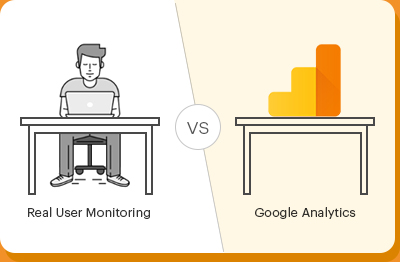
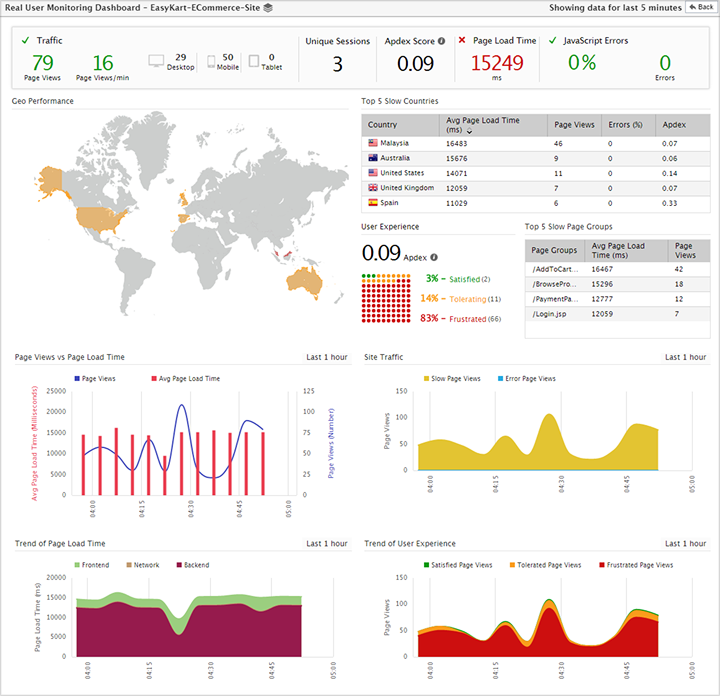
 Arun is Head of Products, Container & Cloud Performance Monitoring at eG Innovations. Over a 20+ year career, Arun has worked in roles including development, architecture and ops across multiple verticals such as banking, e-commerce and telco. An early adopter of APM products since the mid 2000s, his focus has predominantly been on performance tuning and monitoring of large-scale distributed applications.
Arun is Head of Products, Container & Cloud Performance Monitoring at eG Innovations. Over a 20+ year career, Arun has worked in roles including development, architecture and ops across multiple verticals such as banking, e-commerce and telco. An early adopter of APM products since the mid 2000s, his focus has predominantly been on performance tuning and monitoring of large-scale distributed applications. 